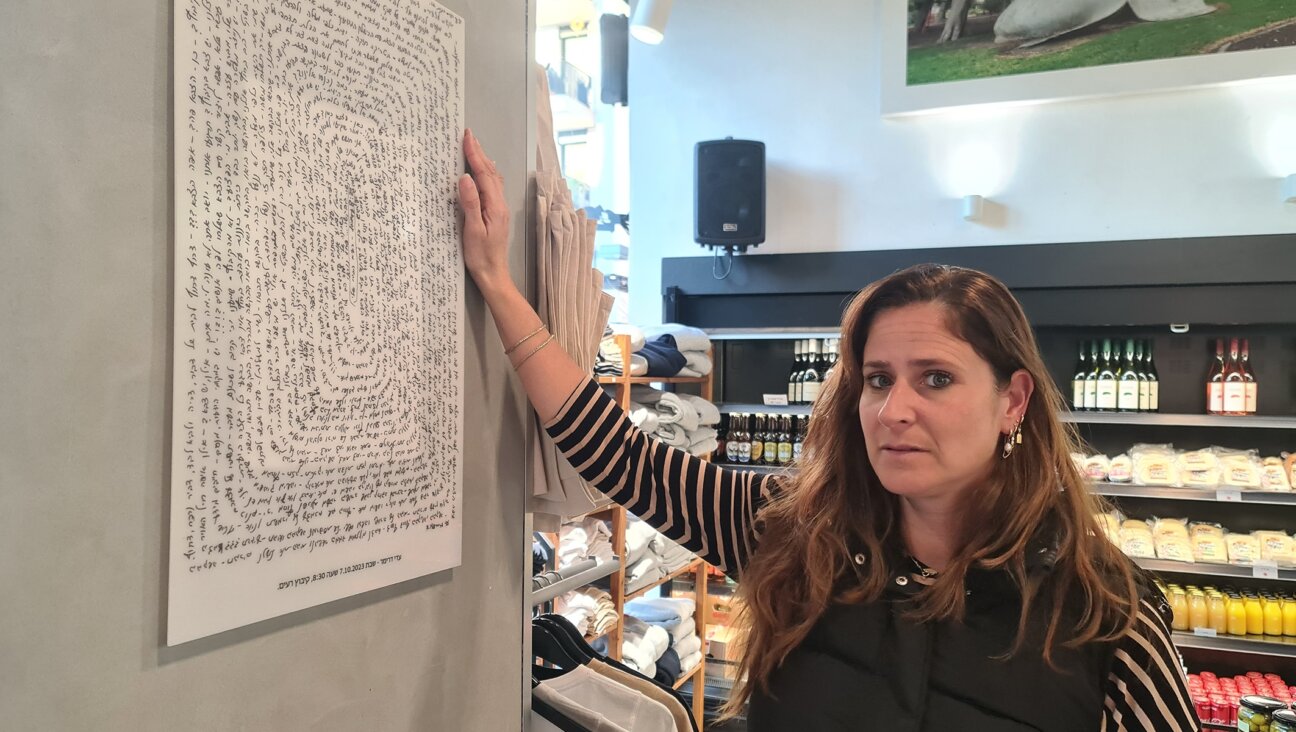Arendt in Phnom Penh: Visiting Cambodia’s Great Hall of Women

The Harpswell Foundation dormitory for women. Image by harpswellfoundation.org
My family is spending this month in Phnom Penh, Cambodia, where my husband, Jeremy, started a social enterprise that creates jobs for disadvantaged young people. Because of Jeremy’s work, Cambodia and all of its tragic history and problems is a part of our daily consciousness in New York City, but I had not actually visited since 2004.
It has been powerful and complicated to be here with our children, ages 4 and 2. Besides the obvious challenges — jet lag, different food, scary water, mosquito-borne illnesses — I am, of course, seeing life through different lenses. As I intensely try to keep my children safe, happy, and well-fed I am acutely, paralyzingly aware that such aspirations are out of reach for the majority of mothers in this country. To try to understand their challenges, and to think about ways in which I can do something helpful, I have been visiting programs here that try to help at-risk women and children. One of these projects has given me a lot of hope about the future for women in Cambodia, and also made me think about women in the Jewish community.
The project, started by MIT Professor Alan Lightman, the author of “Einstein’s Dream,” and his family, is called the Harpswell Foundation Dormitory. It houses female students who come to Phnom Penh for their university education. In one of the myriad problems of Cambodia, there are almost no funding sources or loans to pay for college — surely one of the main reasons why only about 1% of the Cambodian population actually has a degree. To make matters worse, even if a student can scrape together the tuition money (about $500 per year), there is no college housing. Because of the added expense of housing and because of social norms that discourage young people from living apart from relatives, if the student does not have family in Phnom Penh to stay with, he or she cannot go to college. Male students can often live in Buddhist temples, but women are not permitted to do so. If a woman in Cambodia is unlucky enough to be poor and without close relatives in Phnom Penh, which is to say most women in Cambodia, she is very unlikely to attain enough education to break the cycle of poverty.
Harpswell tries to solve this problem. Its leaders go around the country and identify the top female high school graduates and invite them to apply to live at Harpswell. If they are accepted, the program pays for their education, health care and houses them in this wonderful dormitory. In addition to their college classes, they receive leadership training and help with job placement. Most of these young women come from disadvantaged backgrounds and grew up in farming communities in the provinces. A sign on the front door of the Harpswell building reads: “Our mission is to empower a new generation of women leaders in Cambodia.”
And indeed, the young women’s dreams are very big. One of the students told us that many of the young women are studying law in college so that they can work in the government. My husband said to her, “Why would they want to do that? The government has so many problems.” She smiled and said, “It is the students at Harpswell that will make the difference. We will change the country.”
My favorite place at Harpswell was a large room on the top floor of the building, called the Hall of Great Women. On the walls were large pictures and biographies of great women from around the world: Aung Sun Syu Ki, Mother Theresa, Hannah Arendt, Somaly Man, Golda Meir, Nadia Boulanger and so on. The students learn about all of these female leaders, and their faces and stories become a part of the overall consciousness of the place. The big dreams of these young women are reflected back at them every time they look around.
As I walked around this room, I thought about how in Jewish spaces, our walls are so often covered in books — written, for the most part, by, for and about men. I wondered what it would look like if in our synagogues, batei midrash or day schools there were pictures of women, as a kind of corrective to our overwhelmingly male narrative. Beyond the relatively few women who are actually mentioned in our sacred text, what of all of the Jewish women who have made such profound changes in our world? Next to the Chumash, how about a picture of Rabbeiner Regina Jonas or Sarah Schenirer? Next to the Nevi’im, wouldn’t a picture of [Emma Goldman][11] be fitting? Alongside of the Talmud, maybe a nice photo of Ruth Bader Ginsburg? Hannah Arendt? [Henrietta Szold][13]? Ruth Messinger? I think that if my eyes could drift to a picture of Nechama Leibowitz while I studied Tanakh, or [Lillian Wald][16] while I studied rabbinic texts about chesed, my dreams would be pretty big, too.
Rabbi Joanna Samuels is the Director of Strategic Initiatives at Advancing Women Professionals and the Jewish Community.
A message from our Publisher & CEO Rachel Fishman Feddersen

I hope you appreciated this article. Before you go, I’d like to ask you to please support the Forward’s award-winning, nonprofit journalism during this critical time.
We’ve set a goal to raise $260,000 by December 31. That’s an ambitious goal, but one that will give us the resources we need to invest in the high quality news, opinion, analysis and cultural coverage that isn’t available anywhere else.
If you feel inspired to make an impact, now is the time to give something back. Join us as a member at your most generous level.
— Rachel Fishman Feddersen, Publisher and CEO























